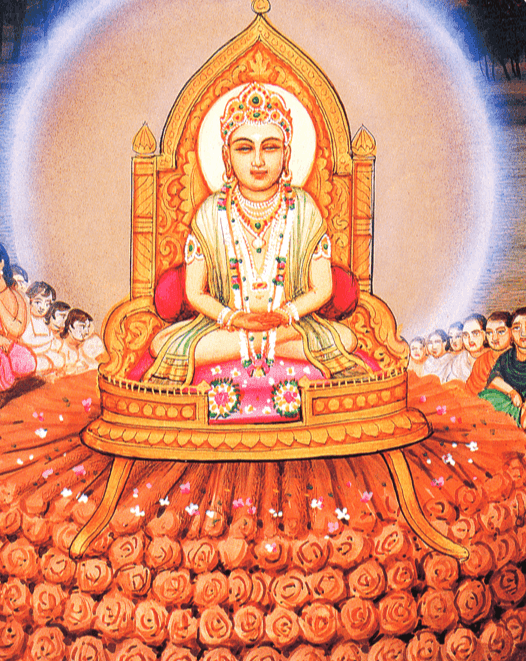Ep-12: Nirvaan
It was the 72nd year of the Lord's life. During the last four months, he resided in a town called Apapapuri, in the empty workplace of its king, Hastipal. There, he delivered daily sermons.Then, on Aso Vad 14 (the 14th day of the dark half of the 12th Lunar month), the usual daily sermon, which lasted for a few hours, continued uninterrupted for 48 hours until midnight of Aso Vad 15. Most of these final 48 hours of sermons are recorded today in a Jain agam called "Uttaradhyayan."During these last hours, the Lord sent his principal disciple, Shree Gautam Swamy, away on the pretext of preaching to a Brahmin named "Devsharma" in a nearby village.
The Lord foresaw that it would be more beneficial for Shree Gautam Swamy not to be present when he left his body.Then came the final moment of liberating the soul from the bondage of the body. During these moments, the Lord was seated in "Paryankasan" mudra (a sitting posture). Progressing through spiritual heights in meditation, he gradually ceased visible body movements and then even the minutest of motions.Just 96 minutes away from the end of that night, Lord Mahavir broke the bond with his body, and his soul attained its original form, completely free of karmas. Having completed all tasks, he was now called "Siddha," meaning one who has accomplished everything.
Lord Mahavir’s existence in a human body came to an end. All present there paid their respects to the sacred body, which had been instrumental in the ultimate sadhana, before it was cremated. Realizing that there would now be no one to spread the light of knowledge, a symbolic tradition of lighting lamps was initiated by nine Mallavi and nine Lachchhavi kings at that time, giving birth of the tradition of celebrating Diwali.Shree Gautam Swamy, on his way back after lecturing Devsharma, received the news of Lord Mahavir's nirvana and was overcome with deep sorrow.
However, reflecting on the reasons why the Lord had sent him away during his final moments, he realized that the Lord wanted him to rid himself of his attachment towards him. Because attachment, even to a noble person or thing, is an obstacle to attaining Keval Gyan. The moment he gave up that attachment, he too attained Kevalgyan, which had been prevented by the existence of that attachment (raag). The news of his Kevalgyan spread happiness everywhere.Today, 2550 years have passed since then, yet as one non-Jain philosopher writes, "as long as even one person is alive on this earth, he will continue to benefit from the legacy of Knowledge left by Lord Mahavir for the upliftment of mankind." Thus ends the biography of Shree Bhagwan Mahavir.
